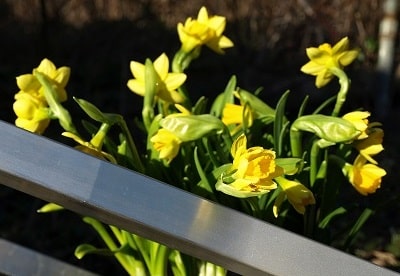KD-Bejds has been established in close collaboration with the Municipal Environmental Authorities, the Danish Labour Inspection Authority, and the The National Research Center for Work Environment to ensure the highest standards of environmental consideration and workplace safety.
All wastewater is directed to a collection well within the pickling hall. From there, the wastewater is pumped to a chemical treatment plant where the pH of the wastewater is controlled to promote precipitation, primarily of chromium and nickel. The heavy metals are then removed through the addition of polymer and subsequently dewatered.
Following the chemical treatment process, the water is pumped to a buffer tank where it is evaporated using vacuum and heat, and the resulting permeate is then dewatered. The purified, demineralized water is then first directed to the heat circuit of the acid bath (only during winter months) and subsequently to a storage tank for reuse in high-pressure cleaning operations. This approach significantly reduces the amount of fresh water required.
All sludge resulting from the wastewater treatment process is dewatered, dried, and placed into storage drums in a secured area. The sludge is then disposed of at Kommunekemi in Nyborg, which is classified as hazardous waste (X3).

© 2024 KD-Bejds – Designet af Aveo web&marketing